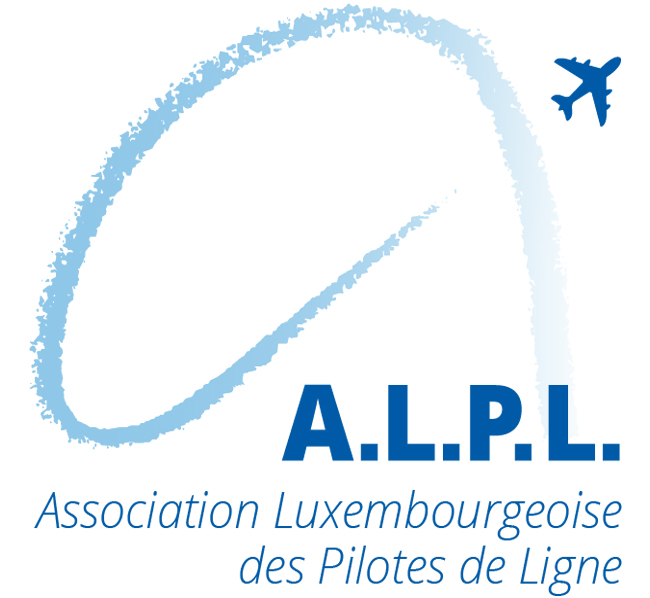Purpose
The purpose of the monthly PBS Survey is to collect data on how our members use the PBS and on the resulting success rates. The collected data is then used to analyse how our members place their bids and how this affects the bidding success rates.
The analysed data has been used in discussions with the Crew Planning Department and Flight Operations Management and for the recommendations provided in the Debrief video published on 09 February 2022 on what a pilot could consider while using the PBS.
General Observations
Since rosters were built manually in the past the “PBS” screen in AIMS eCrew was only used as an interface collecting requests for Off- Days and trips or destinations. With the high success rate when placing bids in the past, it can be assumed that our members became used to that placing only one single bid for the A-Days in a Roster Period was sufficient and that using flexible bidding options was not really needed.
After analysing the effects and impacts other pilot associations observed when a PBS was introduced in other airlines and how these could be mitigated and after analysing the PBS survey data collected since October 2021, we were able to formulate some general recommendations how a pilot should place bids considering the, according to management, “fully automated process” used with the new rostering system.
Number of bids

The collected data shows that most members, who indicated that they used the PBS for a particular Roster Period, placed only 1 bid, an average of 71,2% placed 2 bids, 21,1% placed 3 bids and only 7,0% placed more than 3 bids.
Analysing this data there is reason to assume, that since the pilots became used to the fact that with the manual roster building process previously used and the resulting high bidding success rate, placing only a single bid was sufficient to be awarded “exactly” their bid.
After analysing the survey data and discussing the issues with other pilot associations who faced similar problems when a PBS was introduced, it should be comprehensible that a “fully automated” rostering process requires a pilot to place more than just one single bid to have an acceptable probability that a particular bid could be awarded.
Type of Bids by Priority

Analysing the survey data, it is evident that most members use the Priority 1 bid for the A- Days in a particular Roster Period, Priority 2 bid for the B- or C- Days and Priority 3 for a Destination and most likely in the past, until it was still available, for trips.
Correlating this data with the number of bids placed by members indicates that the assumption made when analysing the number of bids placed by our members (s. above) seems to be fairly accurate. Historically there was no need to make use of more than one bid to get a particular day or series of days off. This apparently resulted in the way the priorities have been used; Priority 1 bid for the A- Days Priority 2 bid for the B- or C- Days and Priority 3 for a Destination.
A “fully automated” rostering process however requires a pilot to place more than just one single bid and to weigh in how important a particular bid is. This means that placing different bids with different priorities to e.g., to get a particular day or series of days off could help in increasing the award success rate.
Success Rates – Fixed vs. Flexible Starting Date

Analysing the data and comparing the average success rates it is evident that if a pilot uses a flexible start date for an Off- Day bid increases on average by a factor of 1,9. The drop in the factor to 1,4 for February 2022 requires further investigation.
Unlike in the past when the rosters were built manually, the new “fully automated” rostering process does not shift a bid. As to what has been explained by Crew Planning, if the system cannot allocate a bid for all days requested, unlike in the previously used manual process, this bid may be completely discarded.
It should therefore be comprehensible that a “fully automated” rostering process requires a pilot to use rather a flexible starting date for an Off- Day bid than a fixed starting date to have an acceptable probability that a particular bid could be awarded. Obviously using a flexible starting date is not always possible, e.g., if a off day block is requested to be attached to a Vacation Period.
Conclusion
The survey provided some important data which was used to formulate the recommendations or suggestions provided in the Debrief video published on 09 February 2022. In a nutshell these are:
- Consider using flexible starting dates rather than fixed starting dates
- Use more than one single bid to get a certain period off
- If a flexible starting date isn’t an option, place a second bid for either 5 or 7 days off with the same starting date
Again, we would like to emphasize that the system will require more fine tuning and changes in the future and a quick fix for some issues is not available at the moment. The beforementioned explanation and recommendation aims at helping our members to better understand the change and how to place bids to possibly instantly improve the satisfaction level.
We have to reiterate, that there is no guarantee that these recommendations will result in an increased bid award success rate.




